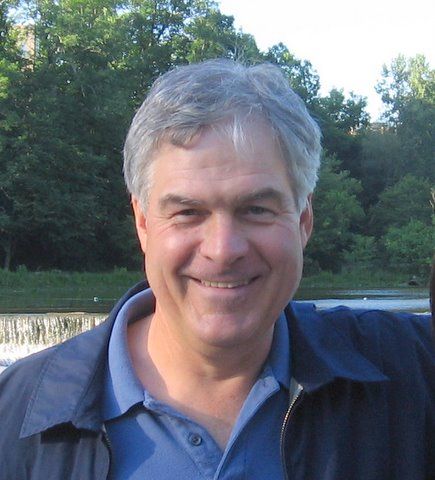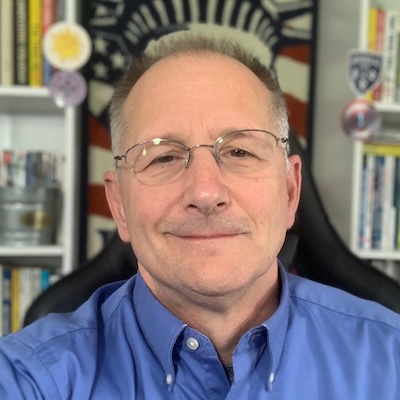Self-Confidence Begins With Thinking Like Michelangelo
It has been told that when Michelangelo was asked how he was able to take an unformed block of marble and create the masterpiece statue of David, he reportedly answered that it was easy, “I just chipped away the parts that didn’t look like David, and what was left was David.”
There’s no verifiable evidence that Michelangelo actually said that, but it does make for a good story. It also makes for a good teaching point relative to the concept of self-confidence.
One of the best ways to build self-confidence is to focus on those unique parts of you that contribute to your awesomeness. Then, when circumstances arise that contribute to self-doubt, discard them like Michelangelo did with the parts of the granite that detracted from the sculpture of David – which he undoubtedly did, whether he actually made that statement or not.
That may be easier said than done – at least until you get good at quieting self-doubt. There is a certain safety in staying in a comfort zone that says that you are not good enough to achieve more. It is challenging to feel self-confident about something that you haven’t yet tried. But as you try more things and successfully achieve some of them, you will be able to stack your successes in a way that makes each new attempt easier to make – because your overall level of confidence will enable you to know that you are an awesome person, even if you are not always successful.
Michelangelo’s genius would be known to us through his accomplishments in sculpture, painting, architecture, and poetry, even if he had not created the statue of David. He undoubtedly had some failed projects along the way, but they do not define him. When you can accept that personal shortcomings and self-doubts are things to be chipped away at and discarded, you are going a long way in the direction of building self-confidence and thinking like Michelangelo – whether the quote attributed to him is accurate or not.
























